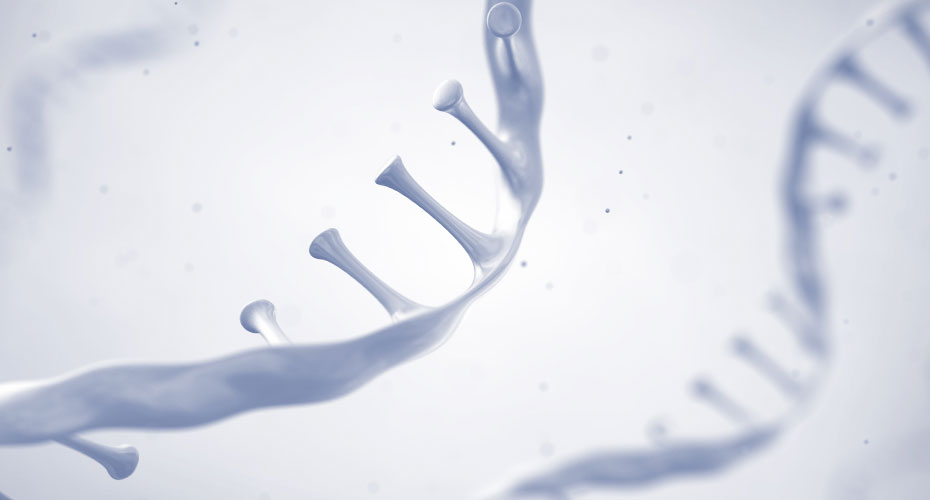Feb 18, 2021
Video: How does an mRNA vaccine work?
Vaccines, the greatest advancement of modern medicine, safely mimic viral or bacterial infections and train the body’s own natural immune system to quickly and effectively fight a future infection. If a vaccine recipient is later infected with the virus or bacteria, the immune system will be equipped to fight it off and prevent illness.
Most vaccines use a live or weakened virus or viral proteins to trigger the body's immune system.
The Moderna and Pfizer vaccines, which have been administered to millions of Americans so far, use a new, clever, and safe method to train your natural immune system: Rather than injecting an inactivated version of the whole virus or a piece of the virus, these vaccines sends a snippet of what is known as mRNA, or messenger RNA, into the body. The vaccine mRNA is only in your body temporarily — just long enough for its genetic instructions to tell some of your cells to generate an innocuous part of the coronavirus’s outer coating (called a “spike protein”), which then triggers the body’s natural immune response, including the production of antibodies to COVID-19.
Messenger RNA vaccines do not contain live virus and cannot cause infection in anyone who is vaccinated. They also can’t alter anyone’s genes.
“We know they are safe," said Desiree Otenti, senior director of medical policy and program implementation for Blue Cross Blue Shield of Massachusetts. “Although the vaccines are new and the way they’ve been manufactured is new, the key components aren't.”
Watch Otenti explain how mRNA vaccines work
VIDEO BY MICHAEL GRIMMETT

